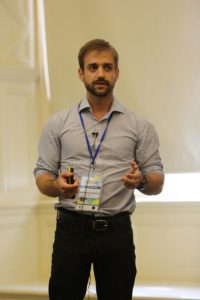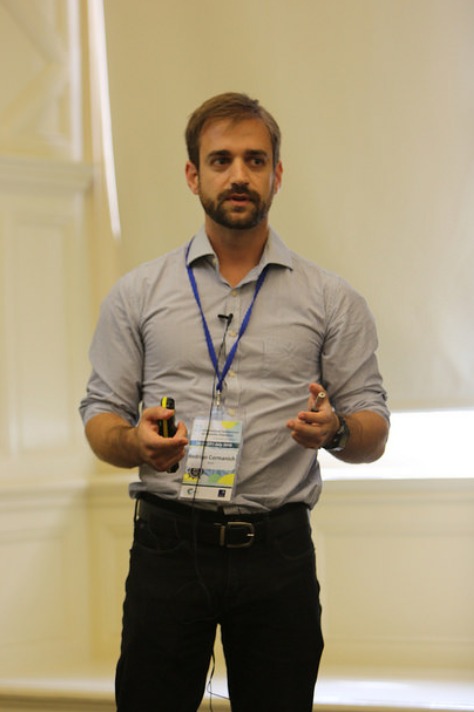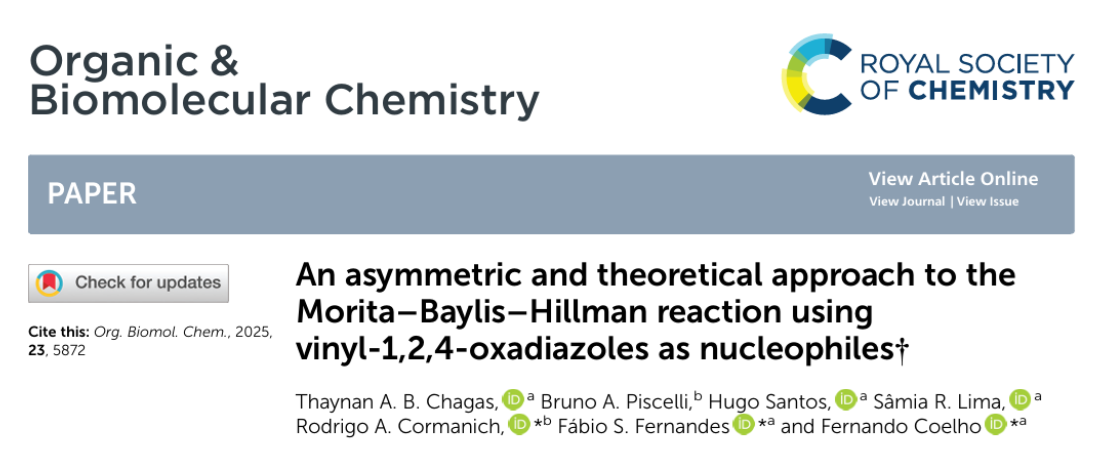 In July 2018, Prof. Rodrigo Cormanich presented his work entitled ‘Steric, electrostatic and hyperconjugative interactions in perfluorinated n-alkanes’ in the 22nd Internation Symposium on Fluorine Chemistry, which was held in the University of Oxford.
In July 2018, Prof. Rodrigo Cormanich presented his work entitled ‘Steric, electrostatic and hyperconjugative interactions in perfluorinated n-alkanes’ in the 22nd Internation Symposium on Fluorine Chemistry, which was held in the University of Oxford.
In this work, Prof. Rodrigo Cormanich in collaboration with his PhD student, Luís Henrique, is trying to elucidate by means of computational calculations and nuclear magnetic resonance (NMR) measurements, the reasons behind the conformational preferences of perfluorinated n-alkanes. A better understanding of these reasons could lead to potential applications of perfluorinated moieties in other fields of chemistry, such as drug development, development of new catalysts, and materials chemistry.
In a theoretical study published in 2017 by Prof. Rodrigo Cormanich in collaboration with Prof. David O’Hagan and Prof. Michael Bühl, the authors showed that hyperconjugation, rather than steric or electrostatic interactions, is the main cause of the helicity observed in perfluoroalkanes (Angew. Chem. Int. Ed. 2017, 56, 7867 –7870). This work was the source of inspiration for this research line in our group.

